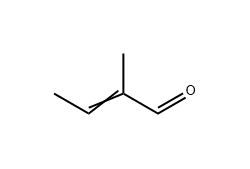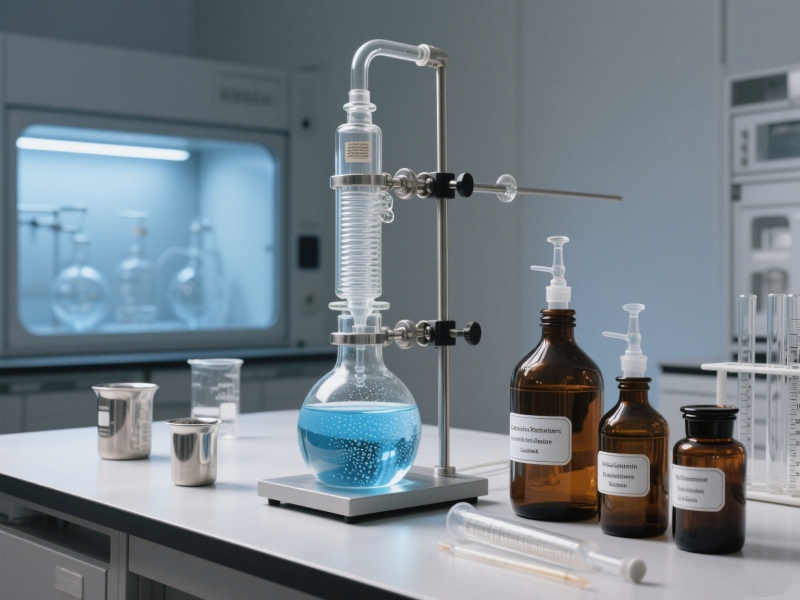Tiglic aldehyde, known chemically as trans-2-methyl-2-butenal, is one such ingredient. Its bright yet warm scent profile allows perfumers to create compositions with both freshness and depth. While not as widely known as vanillin or linalool, Tiglic aldehyde plays an important behind-the-scenes role in niche perfumes, fine fragrances, and even some flavoring applications.

Scent Profile and Character
- Olfactory family: Fruity–spicy, with subtle floral nuances
- Aroma description: Sweet, slightly tart top note reminiscent of tropical fruit, layered with a peppery warmth
- Impact in blends: Adds brightness to top notes while anchoring them with gentle spiciness
Its dual character — both uplifting and grounding — makes it valuable in complex fragrance accords, particularly where the goal is to avoid overly linear scent profiles.
Natural Occurrence
Tiglic aldehyde occurs naturally in certain plant essential oils, including:
- Marigold (Tagetes) – contributes to green–floral–spicy complexity
- Citrus peels – adds freshness to zesty notes
- Herbs such as tarragon – complements herbal–anise accords
This natural connection can be appealing for brands looking to highlight botanical authenticity.
Functional Role in Formulations

In fragrance design, Tiglic aldehyde can:
- Enhance tropical fruit blends (mango, passionfruit, guava) by adding realism
- Brighten floral notes (jasmine, orange blossom) without making them too sweet
- Add lift to spicy or oriental bases, preventing them from feeling heavy
- Act as a transition note between citrus top notes and warm, woody base notes
Because it is an α,β-unsaturated aldehyde, it has high olfactory impact even at low concentrations.
Formulation Considerations
Typical dosage: Often <0.5% of the total concentrate due to potency
Stability: Sensitive to oxidation; antioxidants or careful storage recommended
Compatibility: Works well with terpenes, ionones, and light musks
Regulatory notes: Must comply with IFRA standards for safe dermal exposure
Market and Creative Potential
With the rise of tropical and exotic-inspired fragrances, Tiglic aldehyde offers perfumers a tool for crafting scents that stand out. It bridges the gap between citrus freshness and gourmand warmth, appealing to both niche and mainstream markets.
For natural-positioned products, it can be highlighted as naturally occurring in certain botanicals — provided sourcing and compliance are handled correctly.
Tiglic aldehyde may be a small player in terms of formula percentage, but its creative influence is significant. For perfumers, it’s a versatile note that can bring sparkle, warmth, and realism to a fragrance. Understanding its properties and interactions is key to unlocking its full potential in fragrance formulation.



